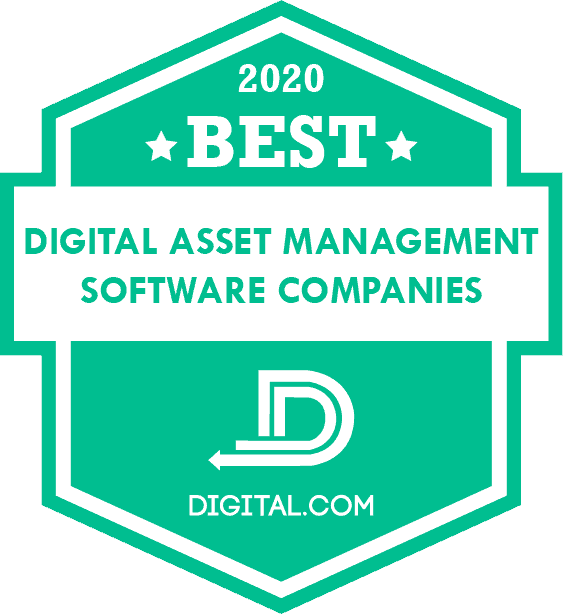Managing Intellectual Property with Digital Asset Management


What is intellectual property?
According to the World Intellectual Property Organization, intellectual property is:
Intellectual property (IP) refers to creations of the mind, such as inventions; literary and artistic works; designs; and symbols, names and images used in commerce.
In practical terms, that means that everything your company creates (or buys a license to) is intellectual property of some kind. Every photograph, ad design, video, blog post, product image, packaging design, etc. They are all part of your organization’s intellectual property.
That does not mean, however, that everything created is of the same value, but it is intellectual property all the same and your company or organization may have some interest in keeping it protected from unapproved use.
There are explicit means to protecting your intellectual property, including registered trademarks for business names, logos, taglines, and even colors, registered copyrights for written and creative material, registered patents for inventions and business processes, and trade secrets that you can keep protected with non-disclosure agreements and other means of keeping the information private.
For those in marketing, the most important legal rights to know about are trademark and copyright. At a basic level, trademarks protect things like business or product names, logos, some designs, taglines, and other attributes of (typically) well-known brands, such as colors. Trademarks need to be registered with the government and protection needs to be awarded before you have full rights to prevent unapproved use by others.
Copyrights apply to all creative material, including written words, music, images, and designs. Copyright protection is generally automatic. Once you have created something, you have the rights to protect it from unapproved use. In some cases, for important pieces of content, you may want to register a copyright for extra protection. For example, if you publish a book, registering the copyright may be a good idea. For most creations, the registration process is too expensive, too slow, and not necessary.
How does intellectual property relate to digital asset management?
As we’ve mentioned, intellectual property includes things like logos, images, designs, music - basically anything that can be your brand and creative content. That means that a lot of your intellectual property will be in the form of digital assets.
What is a digital asset?
A digital asset is an identifiable, self-contained, unique digital file with some value to your company or organization. In other words, all of your digital brand and creative content are digital assets.
Some of your digital assets may be protected with specific trademarks or registered copyrights and it is important for your team to understand the basic legal issues around content. This is even more important when your organization has licensed someone’s material, which means that you only have specific, limited ways in which you can use that content. For example, you may have licensed the rights to use a famous individual’s likeness for a particular campaign that runs through 2020. If your team uses that famous person's image in a different campaign in 2021, your organization could face a lawsuit.
This is where a digital asset management tool can come into use.
A digital asset management tool, like Image Relay, helps organize all of your digital content and ensure that intellectual property rights are protected and users use content appropriately. With features to add descriptions, rights information, describe proper usage, and expire files on important dates, a digital asset management tool not only lets you manage your content, you can also manage your intellectual property.
How else can digital asset management help with intellectual property?
During an acquisition
If your company is in talks to be acquired, an important piece of the value of the company is the intellectual property of the company. For companies like biotechnology companies, the value of an important patent may be the entire value of the company. For most other companies, the collection of trademarks and copyright protected material, can increase the valuation of the company. If your content is scattered across hundreds of hard drives and your team doesn’t know where most things are, then the value of your content is less. If everything is in one place with tags and descriptions making it easy for your team to find, use, and re-use your content, then the content, and therefore your intellectual property, is worth more. In a negotiation, your team can more easily point to a specific number because you know exactly what you have, where it is, and can understand its value. That’s what digital asset management can do for your team when approaching an acquisition.
During employee transitions
Another way digital asset management can help with managing intellectual property is during employee turnover. Employee turnover can be incredibly expensive for organizations. You lose expertise, team cohesion, and you have to spend time finding and training new team members. Sometimes, however, you can lose more than just knowledge, you can lose important intellectual property of the company. If employees manage all of their own content in a personal way on desktops and hard drives, or even just as email attachments, you may lose this content when an employee moves on. At the very least you may not be able to find it. With digital asset management, your team keeps content organized in one place and everyone knows where and how to find important material. When one employee leaves, they don’t take content (or the location of content) with them.
If you’d like to know more about how you can manage your intellectual property with digital asset management, please reach out to our team.
Photo by Aaron Burden on Unsplash.



